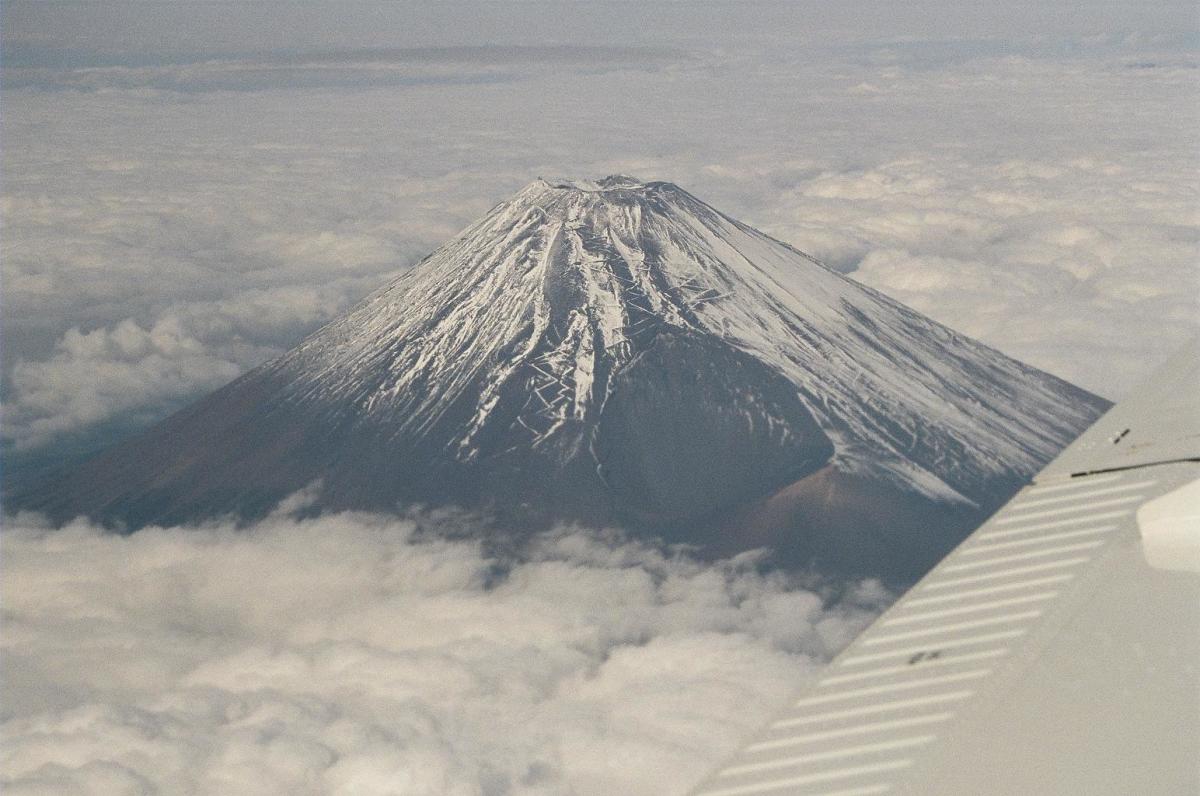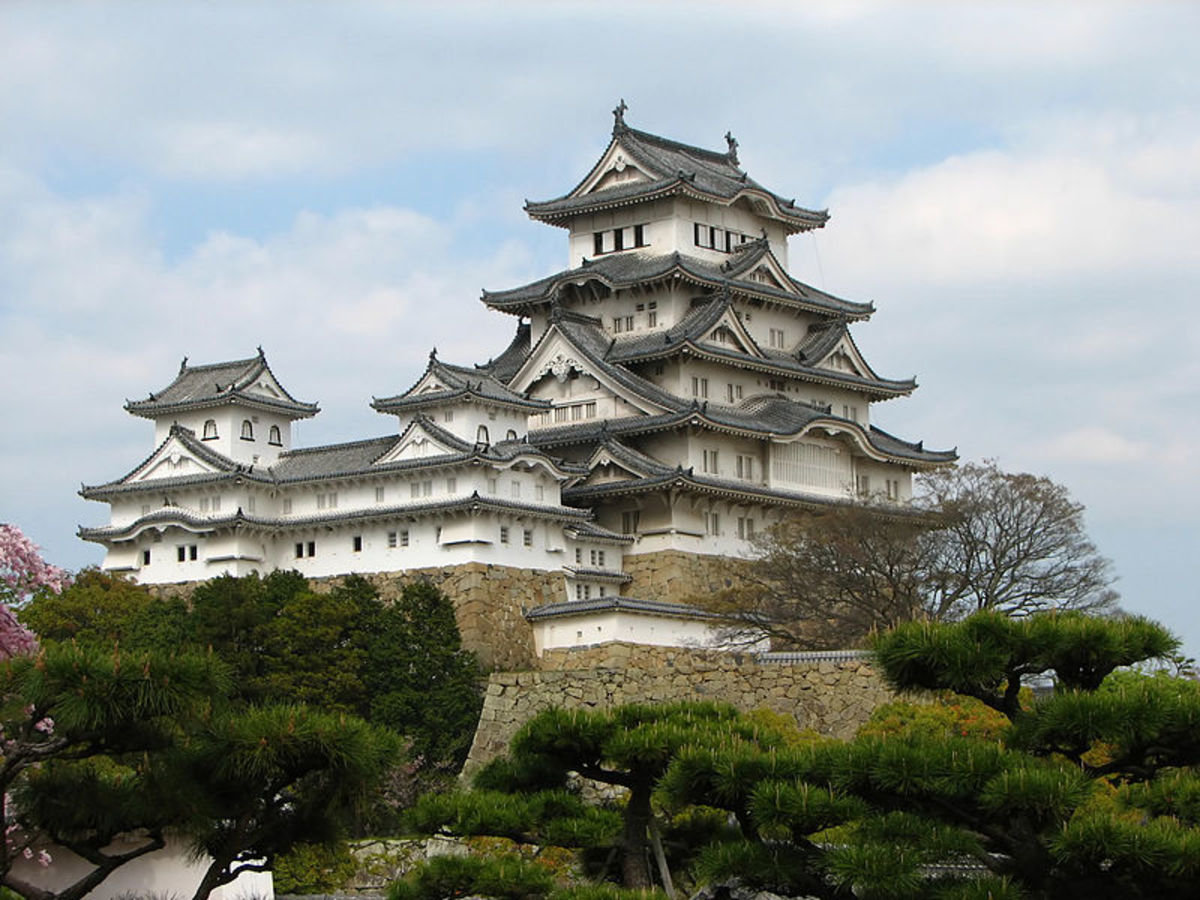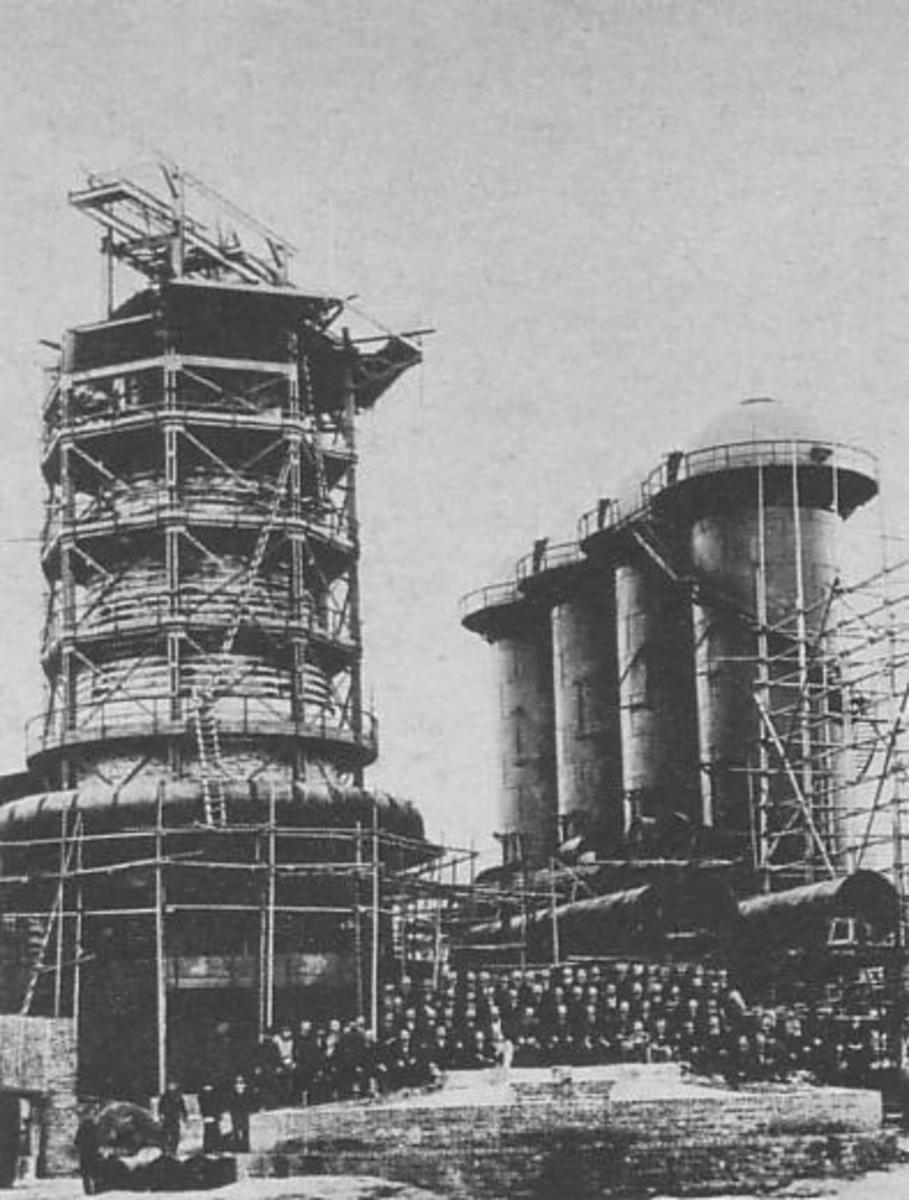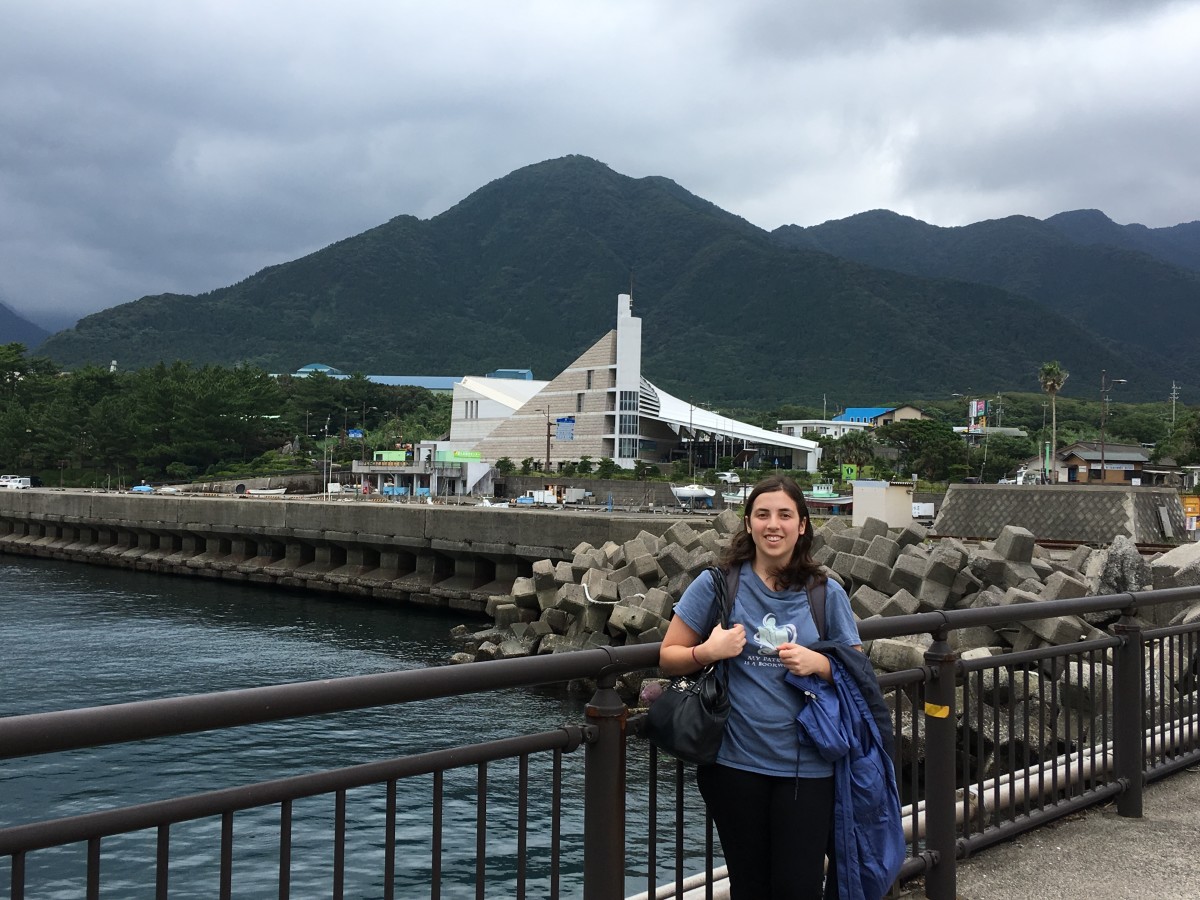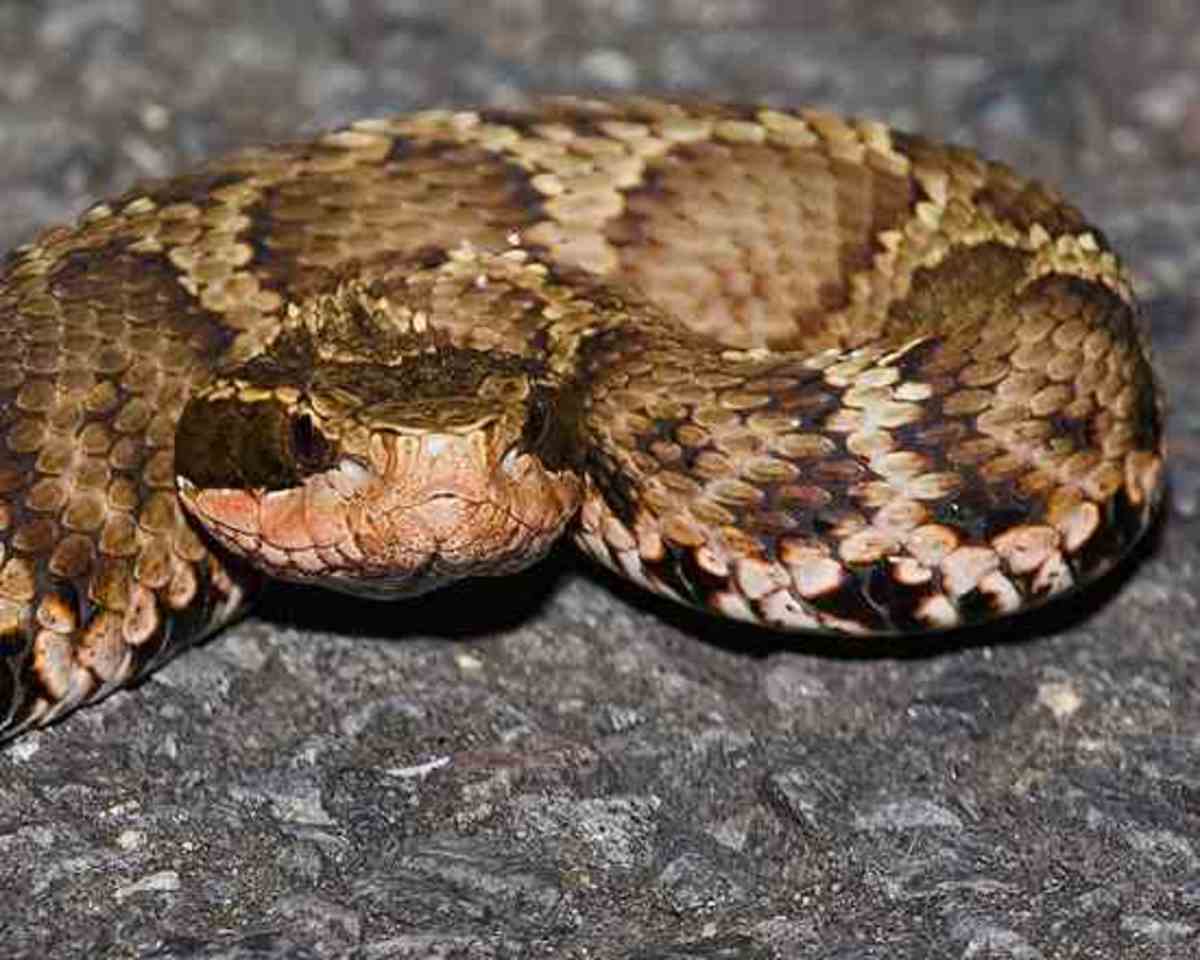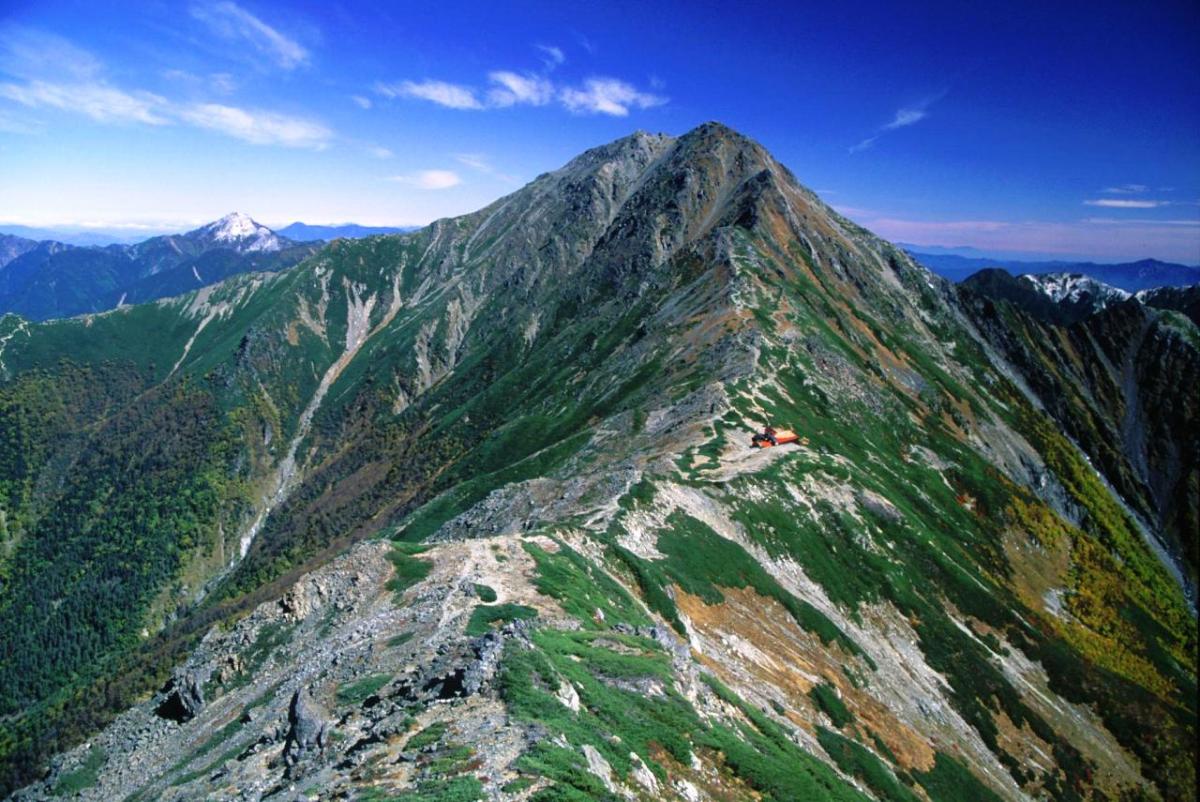- HubPages»
- Travel and Places»
- Visiting Asia»
- Eastern Asia
The Himeji Castle
Himeji Castle
Historic Places to Visit: The Himeji Castle
The Himeji Castle is a historic structure found in Himeji, Japan within the Hyogo Prefecture. Its construction dates back to 1333 when Akamatsu Norimura, ruler of the ancient Harima Province built a small fort on a hill. This hill has remained the location of the castle ever since. Over the course of its nearly 700 year history, the castle has undergone many changes that have greatly added to its size. Today the entire structure encompasses 83 buildings while occupying a space of 2.53 miles in circumference. The current structure is six stories in height. It is widely considered the best living example of Japanese castle architecture throughout the island nation. Himeji Castle, along with the Matsumoto and Kumamoto Castles is considered one of Japan’s premier castles. As such, it gets top priority to government restoration funding; the structure is currently undergoing restoration efforts that are expected to continue for two or three more years (2014 or 2015). However, in spite of this ongoing work the majority of the castle is still open to visitors as the restoration process operates only on one small portion of the complex at a time. Of all the surviving historical buildings in Japan, the Himeji Castle gets the most visitors. It receives over one million tourists annually and this number has grown by 30,000 for each of the past four years. The Himeji Castle, representing Japan’s first registered structure in the list of World Cultural Heritage sites in December 1993 is the perfect place for tourists that are interested in Japan’s rich cultural history. A vacation to Himeji takes a great deal of planning, particularly in regard to reaching the city itself.
Himeji Castle
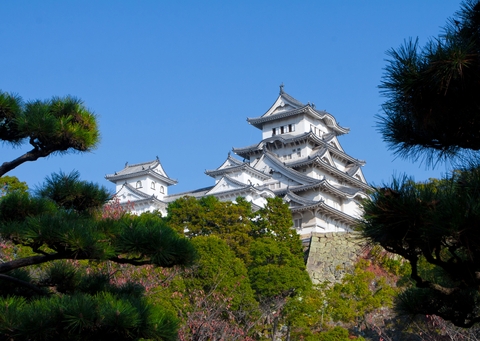
The Various Ways to Reach Himeji
One of Japan’s smaller cities, Himeji does not possess an airport of its own. The closest airport dealing with international flights is in Kansai, more than two hours away via bus. A one way bus ride from the Kansai International Airport to Himeji is valued at 3200 Japanese Yen. It should be noted that the current exchange rate between American Dollars and the Yen is approximately 85 Yen to every Dollar. This makes the long bus ride seem more reasonable at roughly $37. These buses maintain a cycle of eight pickups daily. Those arriving from Tokyo, Japan’s capital and biggest city are advised to reach Himeji by way of train. These luxurious trains are noted for their speed and comfort as they take their passengers on a scenic route lasting three hours until arriving in Himeji. However, this option might be best utilized by those possessing larger budgets as the ride is priced at 15,710 Yen. Those who find themselves travelling late at night are presented with the option of overnight bus service via the Shinki Bus. Being late in the evening, not many sites are visible to passersby. Therefore, these buses travel mainly through urban areas that are quite similar in appearance to Western metropolitan areas. Though this route is the quickest way for a bus to reach Himeji, it still requires a nine and a half hour journey. A one way trip via the Shinki Bus from Tokyo to Himeji is priced at 9,450 Yen.
There is but one transportation station in Himeji; it is here where both buses and trains arrive. This station is only a leisurely 15 minute walk from the castle. During this walk, visitors pass a myriad of souvenir shops and shopping centers of all varieties. Those who desire a tour bus offering an inexpensive fare are advised to take advantage of the Sightseeing Loop Bus. For only 100 Yen this convenient service takes its passengers around the city’s cultural loop which plays host to beautiful gardens, museums, and the Himeji Castle itself. Regardless of where along the bus’ route one gets off, they only find themselves a five minute walk at the most from the castle.
Himeji Autumn Festival
Visiting Himeji Castle
Admission into the castle is being reduced from its usual price of 600 Yen to 400 Yen until March 2015 due to the renovation work being performed on the complex. The castle is open year round to visitors from 9am-5pm, with the exception of April through August when the site remains open until 6pm. Admission to the top story known as the “Observation Deck” opens at 9:15am and it closes 45 minutes prior to the castle’s scheduled closing time. There is a separate fee of 400 Yen for gaining access to the Observation Deck. The views of Himeji from this deck are stunningly gorgeous and certainly worth the price of admission. The castle is filled with historical artifacts including books, weapons, clothing, art, and a wide selection of items dating back to Japan’s feudal period. There are many things to see over a large area of space. Fortunately, a free English speaking tour guide is included with the cost of admission. However, these tour guides are often not available allowing guests to roam about the facility on their own accord. It is expected of visitors to maintain a high level of maturity as they wander about the castle by following signs and avoiding roped off areas which are likely subject to the ongoing restoration efforts. This world-renowned castle is highly revered in Japanese history and culture; those employed at the castle expect their guests to hold the same level of reverence.
Himeji Castle The World Heritage
The Architectural History of Himeji Castle
Himeji Castle originates from a small fort that was constructed upon Himeyama Hill in 1333. In 1346 this fort was disassembled and rebuilt under the name Himeyama Castle in 1346. Its current began coming into effect two centuries later in 1581. During this period a fortified tower (also known as a donjon) standing three stories in height was added. This construction project, finishing in 1600 took 19 years to construct and install. This was just in time for a conflict known as the Battle of Sekigahara in 1601. At the conclusion of the fighting the castle’s ownership changed hands and from 1601 until 1609 Himeji Castle began its transformation to the sprawling castle complex we see currently. Several more structures were added to the complex during 1617 and 1618. This period marks the last of further significant additions to the complex. Amazingly, the castle has remained entirely intact over the last four hundred years which included natural disasters and the American’s heavy bombing campaign of the area during the waning years of World War II. Comprised mainly of stone and wood, Himeji Castle is currently the largest of its kind in Japan. The structure, built for defensive purposes stands 150 feet above sea level while also possessing walls as high as 85 feet. In 1992, to celebrate the 100th anniversary of the city of Himeji a large traditional Japanese garden was added to the complex. Currently the entire complex encompasses 576 acres of land. The castle’s fortified tower that was added in 1600 still stands today at a height of 302 feet above sea level while being 152 feet tall itself. As this tower was built to serve as a last line of defense, it was fitted with lavatories, a drain board, and even a fully operational kitchen fit for 17th century dining. The first and second floors of the tower were used for weapon storage; the castle can contain up to 280 guns and almost 100 spears. Both the third and fourth floors of the tower have extended platforms facing north and south that were ideal for hurling projectiles down toward advancing enemy forces. The fifth floor of the tower contained many small hidden rooms where warriors could hide in the event of hostile enemies gaining entry into the structure. The sixth and highest floor of the tower offers a panoramic view of Himeji.
Timelapse HIMEJI Castle In Spring Cherry Blossom
Conclusion
The Himeji Castle found in the southern portion of the island nation of Japan is a must see for tourists who plan on visiting the country. Marking the pinnacle of traditional Japanese architecture, the castle is widely considered by the Japanese to be the most significant manmade structure ever erected throughout the country’s history. Aside from influencing many significant buildings in Japan that came after its completion, it has also been used extensively in modern culture by way of being shown in popular movies from Japan and abroad. Visiting the Himeji Castle should be near the top of any tourist’s list of things to see and do while in Japan even if they don’t have a knack for understanding history.



